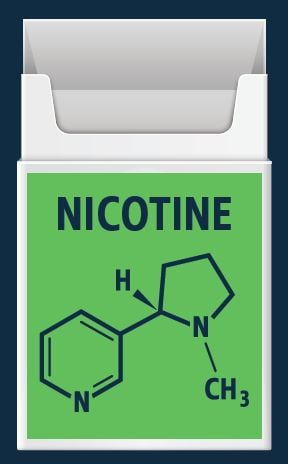How to Quit
Quitting smoking is one of the most important steps you can take to improve your health. This is true no matter how old you are or how long you have smoked.
Many people who smoke become addicted to nicotine, a drug that is found naturally in tobacco. This can make it hard to quit smoking. But the good news is there are proven treatments that can help you quit.
Counseling

Can help you make a plan to quit smoking.
Can help you prepare to cope with stress, urges to smoke, and other issues you may face when trying to quit.
YOU CAN:
Medications

Can help you manage withdrawal symptoms and cravings, which helps you stay confident and motivated to quit.
YOU CAN:
Use Nicotine Replacement Therapy (NRT)
over-the-counter forms: patch, gum, lozenge
prescription forms: inhaler, nasal spray
Talk to your Healthcare Provider About Using a Pill Prescription Medication
varenicline
bupropion
Combine Medications
Use a long-acting form of NRT (nicotine patch) together with a short-acting form (such as nicotine gum or lozenge). Compared to using one form of NRT, this combination can further increase your chances of quitting.

Using counseling and medication together gives you the best chance of quitting for good.
Many of these treatments and resources may be available to you free of charge or may be covered by your insurance.
Call a quitline coach (1-800-QUIT-NOW) or
Talk to a healthcare professional.
They can help you decide what treatment is best for you and can connect you to quit smoking programs and resources.
Remember, even if you’ve tried before, the key to success is to keep trying and not give up. After all, more than half of U.S. adults who smoked have quit.
For information about quitting smoking, visit CDC.gov/quit.




